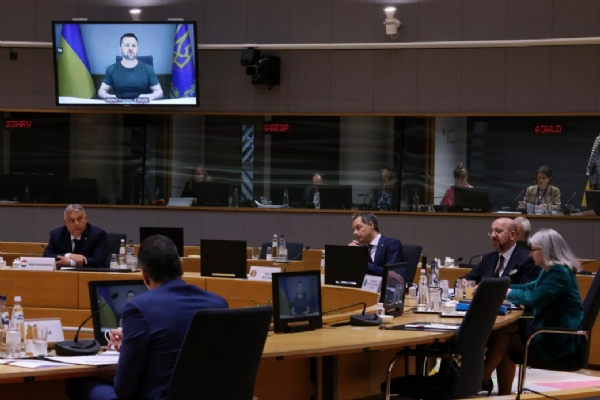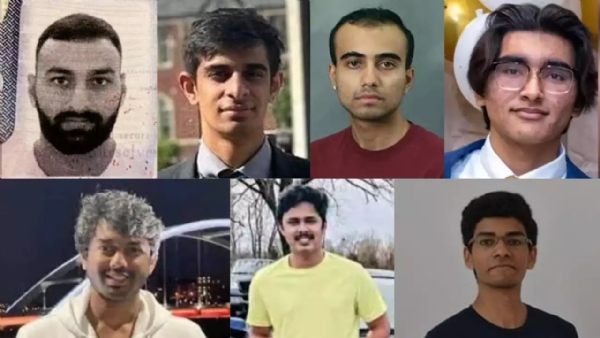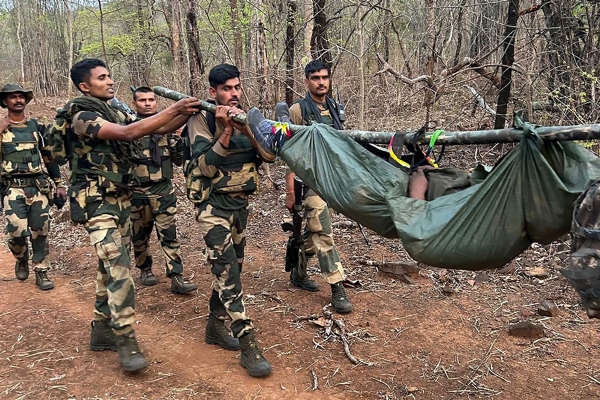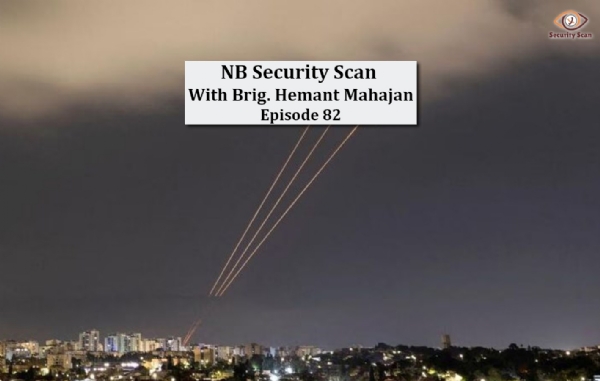Israel's utilization of a state-of-the-art AI-based software called "Lavender" in its ongoing conflict with Hamas in Gaza has shed light on this technological advancement.The Israel Defence Force (IDF) has employed a tool called "Lavender" to generate a list of potential Hamas targets in the Gaza territory.
Another AI-based software, known as "Where's Daddy?", has been used to alert the IDF as soon as the target identified by "Lavender" enters their home, prompting Israeli airstrikes on those locations.
This development highlights the significant progress made in AI technology, in real-time warfare conditions.
"Lavender" earlier versions were first employed in May 2021 during Israel's operation against Gaza, where the AI system was used to identify Hamas missile squad commanders.
Over time, the system expanded its capabilities, enabling it to generate tens of thousands of potential targets in mere seconds or minutes, a task that would have taken humans days or weeks to accomplish manually.
To train "Lavender," a vast amount of intelligence data collected through mass video surveillance and other means was utilized. The AI algorithm sifted through this data to identify traits associated with Hamas terrorists.
The machine was trained to recognize patterns such as frequent changes in phone numbers or addresses, usage of phones previously flagged as belonging to Hamas operatives, or membership in WhatsApp groups known to include Hamas operatives.
If an individual closely resembled these patterns or traits, the AI would flag them as potential targets.
The data identified by "Lavender" is then passed on to another AI system, "Where's Daddy?", which promptly notifies the military once the target. Subsequently, the Israeli Air Force carries out airstrikes to neutralize the target, which was 90 percent accurate.
However, there were instances where the system proved to be inaccurate. Innocent civilians, civil defense workers, and relatives of Hamas operatives were mistakenly flagged as legitimate targets, leading to the erroneous bombing of civilians.
Despite these errors, the system has allowed the IDF to be highly effective and ruthless. The Israel Air Force conducted an unprecedented number of airstrikes during the initial phase of the war, made possible by AI.
The United States, China, are developing of such capabilities or have already implemented them. Hence India should start developing and deploying AI-based technologies.
Prevent Escalation of Conflict between Iran and Israel
In a concerning turn of events, Iran launched a missile and drone attack on Israel on Saturday night, a move that has materialized the world's worst fears since the October 7 attack on Israel by Iran's ally, Hamas. Only two weeks prior to Iran's attack, Israel had conducted a bombing on the Iranian consulate in Damascus, resulting in the death of a high-ranking General from the Islamic Revolutionary Guard Corps and several military advisors.
Iran recently seized an Israel-affiliated cargo vessel, which includes 17 Indian nationals among its crew of 25. Israel, with support from the United States and other allies, claims to have successfully intercepted and thwarted Iran's attack. Despite this, the bombardment caused injuries to more than 10 individuals, and inflicted minor damage to an airbase.
Following the April 1 bombing, Iranian leadership had vowed to seek revenge, with Ayatollah Ali Khamenei specifically stating that Israel would face punishment. Having now demonstrated their capability to strike deep into Israeli territory, Iran's Permanent Representative to the UN announced on Sunday that their retaliation had concluded. Iran also issued a warning to Israel, urging them not to respond. In response to these developments, Israel's allies, including the United Kingdom and France, have reaffirmed their commitment to safeguarding Tel Aviv.
It is crucial that these allies unite their efforts to dissuade Israeli Prime Minister Benjamin Netanyahu from launching a strike on Iran, as such an action could potentially trigger a full-blown war in West Asia.
India, which maintains good relations with both Iran and Israel, has been advocating for restraint. Its immediate priority should be the safe evacuation of its nationals, including the ship crew and recently migrated laborers, from an impending war zone.
While the arms industry in Europe, the United States, and China might stand to benefit from such escalation, it is the responsibility of conscientious individuals and nations to work tirelessly towards bringing peace to West Asia.
Ensure Russia's Participation in Ukraine Peace Talks
Switzerland has recently announced its intention to host an international conference in June, aiming to facilitate a high-level dialogue on achieving a comprehensive, just, and lasting peace for Ukraine based on international law and the UN Charter. Leaders from major Global South countries, including India, as well as Western nations, have been invited to participate. While Ukrainian President Volodymyr Zelenskyy has confirmed his attendance, his Russian counterpart, Vladimir Putin, has expressed disdain for the scheduled peace talks.
Putin has warned that Moscow will not accept any enforced plans that disregard Russian interests and has claimed that Russia has not even been invited to the conference. He retorted, "They think there is nothing for us to do there, but at the same time they say it's impossible to decide anything without us." Additionally, Russian Foreign Minister Sergey Lavrov has dismissed the meeting as a Western tactic to garner broader international support for Kyiv.
It is evident that any viable peace plan for Ukraine necessitates the participation and consent of Russia. Putin has already rejected Zelenskyy's proposed formula, which involves Moscow's troop withdrawal, payment of compensation to Ukraine, and facing an international tribunal for alleged crimes. The Western-led attempt to take the initiative through the Swiss talks runs the risk of being counterproductive and further prolonging the three-year-long war that has caused global disruptions in supply chains.
Switzerland, which has emphasized that "peace is at the heart of the Swiss spirit," bears the responsibility to make every effort to bring Russia to the negotiating table. Additionally, it is imperative to involve influential actors like China in the peace talks. India, regarded as a potential mediator due to its positive relations with both warring nations, must play a proactive role in preventing the June summit from becoming a failure and devolving into a mere display of Western strength.
--




